Dear Friends of GLOBIS & KIBOW,
I visited Sendai and the area devastated by Tsunami on May 11th & 12th. On May 11th, exactly 2 months after the earthquake, my colleagues and I visited Ishinomaki, a city north of Sendai, where more than 5,500 people died from Tsunami.
We were requested from local NPO members to bring vegetables, as villagers living in isolated coastal area still need vegetables. I was initially puzzled as it had already been more than 2 months from the quake and everything including Shinkansen (Bullet train) was restored to normal. In any case, I took Shinkansen from Tokyo to Sendai, while one of my colleagues from GLOBIS drove a truck full of vegetables from Tokyo.
We met with local NPO members at Sendai Station and drove together to Ishinomaki. On the way, we drove passed the Onagawa Nuclear Power Plants which had stopped not by the March 11th earthquake, but the April 7th earthquake. The whole Tohoku area has kept receiving a series of big earthquakes even after March 11th.
The villages that we visited were located close to the tip of a peninsula where whale fishing has been carried out for centuries. Green Peace activists were intruding their premises to take photos and videos when the earthquake hit. I heard that fishermen and communities treated those “intruders” very well after the quake. The activists returned home safe and are still talking about horrible stories they collected on whale fishing. One of my local friends told me that this tradition of whale fishing might disappear because of this earthquake. He said to me that Japanese have been eating whale for ages just like westerners have been eating cows for ages. “What are the differences? “, he argued in the car.
We visited 2 small villages where people make their living by culturing oysters. Both villages have only 30 to 50 residents. Most of their homes were destroyed, all the cars were crushed, the port was demolished, and some people died by Tsunami. They have not eaten meat or vegetables since the quake, as the local administration is too busy working on other priorities.
They cannot resume their work because of multiple reasons. The ocean is still full of debris, the port was crushed, culturing facilities and tools have been washed away, all the boats were sunk, and people have no cars to drive. They do not know where to start, nor do they have enough capital to restart.
The next day, we visited Minami Sanriku-cho and Kesennuma city where all the buildings and trees disappeared. It was covered with debris even 6km away from the coast. We had no words to express the sight. This area is called Sanriku Coast, famous for its ria coastline (jagged coastline) where the mountains sunk into the sea long time ago so that the coastline has numerous uphills and downhills. Every time we drove down to coastal villages, we encountered devastation, driving up we saw normal sights, then down devastation again. This scene stretches for more than 200km from Ishinomaki to Iwate, alone. There are coastal areas further down from Sendai, Fukushima to Ibaraki that extends for 300km, which are also devastated.
This tells us the magnitude of the tsunami. This level of Tsunami, according to seismologists and historians, only occurs once in 1000 years, especially in the area from Sendai to Fukushima. We have to go back 1100 years to 869 in the Heian Era to find a similar level of disaster. Some people claim that the tsunami in Fukushima was predictable, but I would question those claims. It would have been difficult to predict 15m high tsunami which we had never experienced in the past centuries in Fukushima.
On the night of May 11th, more than 100 leaders got together for KIBOW Sendai, a gathering to discuss the future of Sendai and Tohoku. Quite a few new leaders and a politician from Tokyo also came to discuss what we can do facing this situation. Ishinomaki has lost more than 50% of jobs as 3 of their 4 major sources of income have been totally destroyed, i.e. fishing indusries, industrial port operation and shipping, and a paper factory. The only one major source of employment that survived was Nuclear Power Plants. Here in Ishinomaki, Nuclear Power Plants were a necessity to maintain employment.
The discussion went on from 7pm to 9:30pm, and then afterward we moved to Izakaya (Japanese style Pub) from 10:00pm to 12:00 midnight. I heard an incredible story from a survivor of Tsunami who was taken away holding his mother’s hand, then drifted for a while before being able to grab a firm building structure. His father was washed away to a different direction. They looked for his father as soon as Tsumani subsided; His father’s dead body was found 2 days later. His family operates a fish processing company, but all the facilities were destructed and the whole eco-system of fishing industries in Ishinomaki was totally destroyed. He has no job, but he is not desperate. He smiled at me with a firm spirit and told me that he wanted to do something for Ishinomaki. That was the reason why he came to KIBOW Sendai to discuss and to find out what he can do.
We have held various activities of KIBOW since March 11th.
March 14th, Inauguration of KIBOW (KIBOW Tokyo)
March 25th, KIBOW Mito (my hometown, a capital city of Ibaraki Prefecture heavily hit by Earthquake)
April 12th KIBOW Iwaki (A city south of Fukushima Daiichi Nuclear Power Plant, heavily affected by the quake, tsunami, and radiation. I have written two columns entitled “KIBOW Iwaki meeting”.
March 18th KIBOW Osaka
March 29th KIBOW Karuizawa
April 8th KIBOW University Students in Tokyo
April 14th KIBOW Economist Joint Charity Conference in Tokyo
April 17th KIBOW Nagoya , KIBOW Charity Footsal (Tokyo)
April 21st KIBOW Gaijin for non-Japanese living in Tokyo
The donation that you have kindly given to us will be used in the following manner.
25% to Civic Force to help provide foods, necessities, facilities to the affected area.
25% to NPO such as the one in Ishinomaki to provide basic necessities in the area the local administration have not been able to manage.
25% to KIBOW Communities in 4 cities to help restore their cities
25% to Education
We still collect donations on the following website. I wish to see as many people as possible to participate in this. We provide Paypal services as well.
"GLOBIS & Project KIBOW collaborate to gather donations for devastated areas in northeastern Japan
through the Matching Gift system"
As we thought that the TOHOKU area needs more entrepreneurs and leaders, we have decided to provide free leadership education in 4 cities - Mito, Iwaki, Sendai and Morioka (the capital of Iwate Prefecture) - to educate and inspire new leaders in those regions.
Further, GLOBIS has decided to provide scholarship on our MBA program for those people living in Tohoku and Ibaraki.
We are making KIBOW into a movement. Tonight, we are holding the KIBOW Art event to discuss what art can do and also to hold a charity auction.
Thank you for reading the KIBOW Email. As this is my 10th email, I may stop writing periodically on Mondays. However, I might write to you irregularly whenever I find something I want you to know about Japan.
All the best, and thank you for your attention.
Yoshi Hori
Leader of GLOBIS & KIBOW

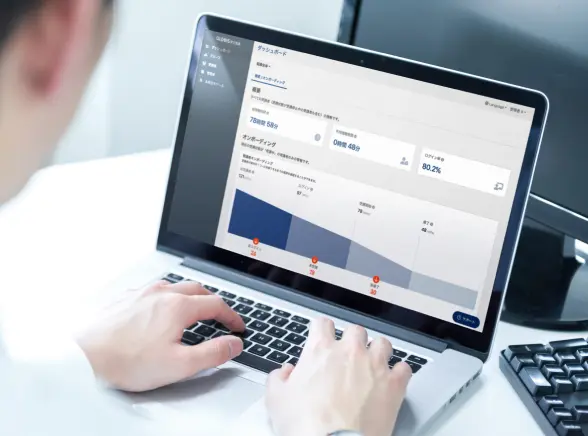
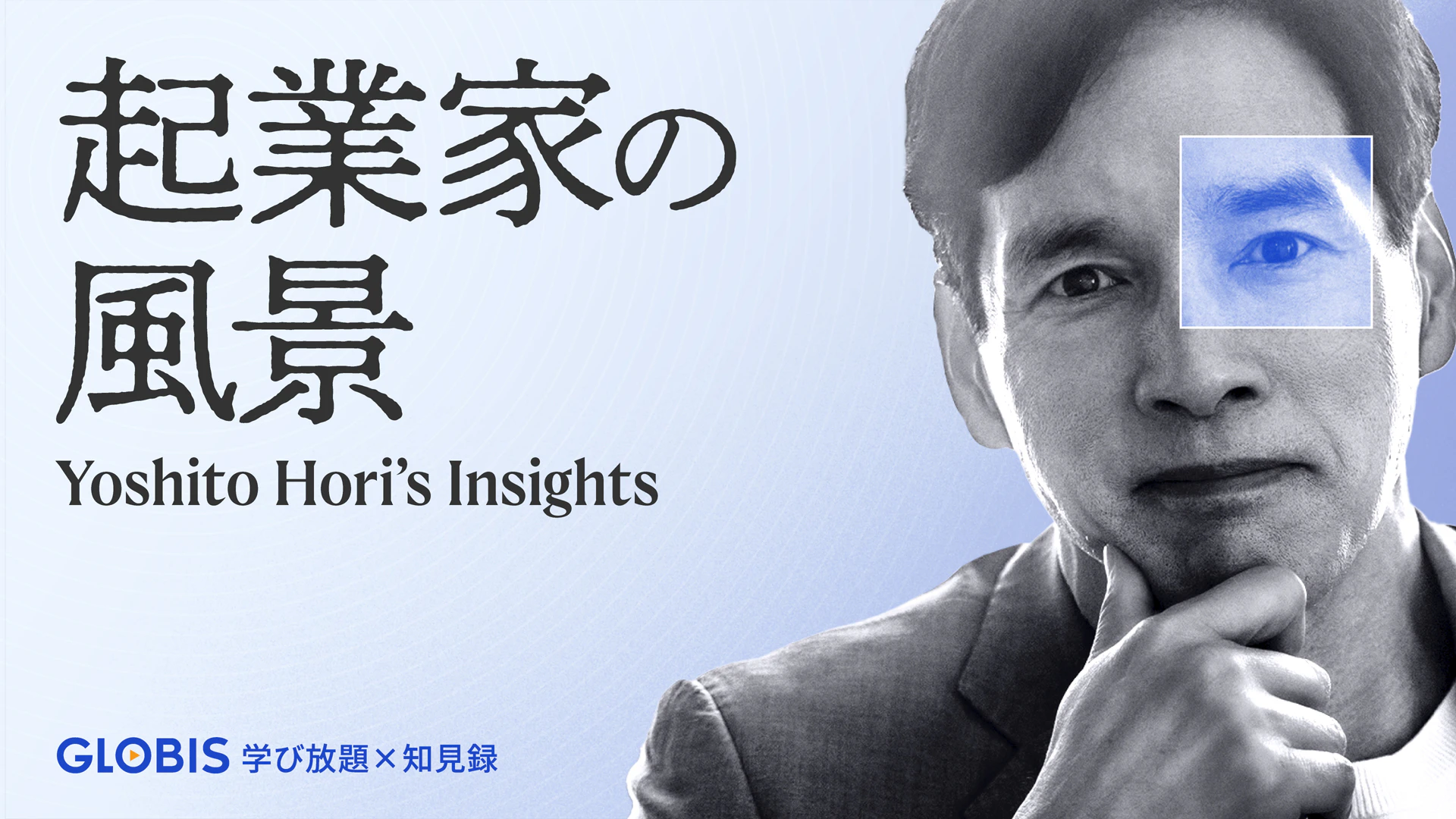
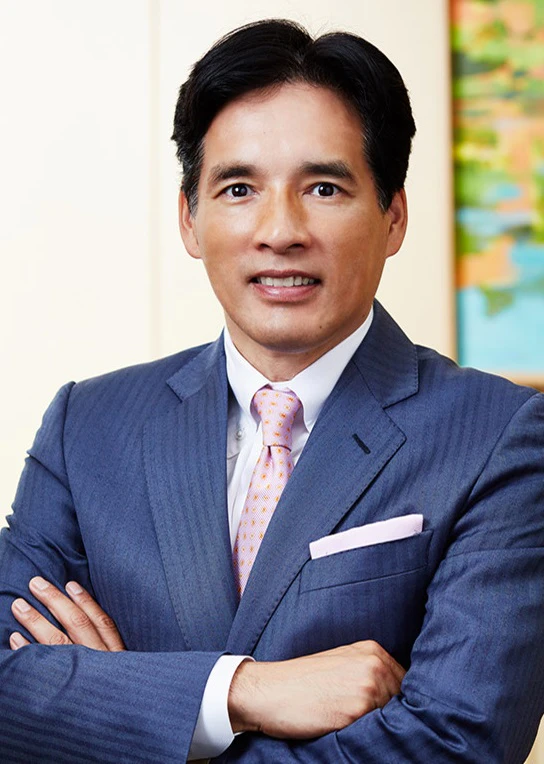










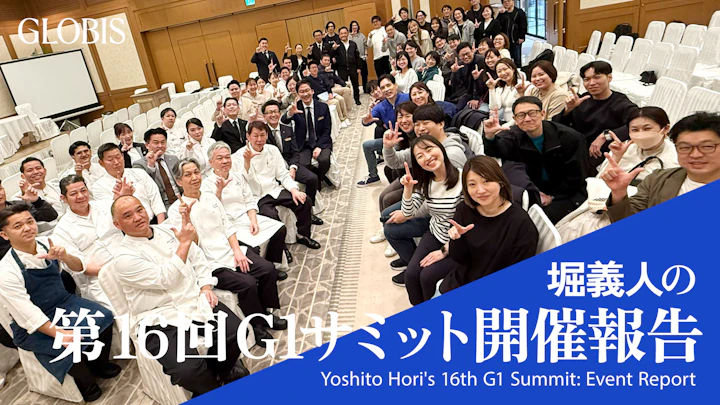
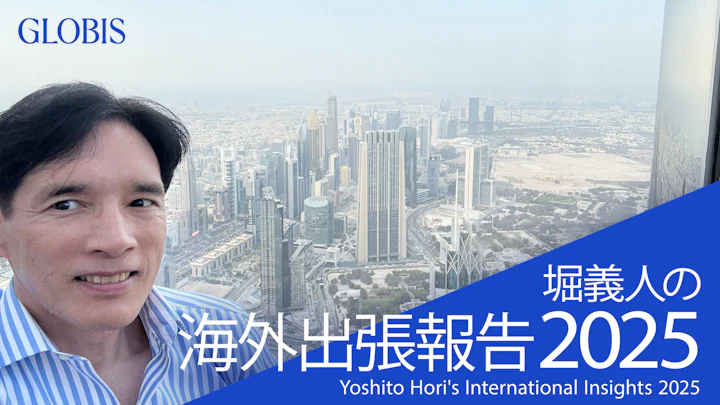
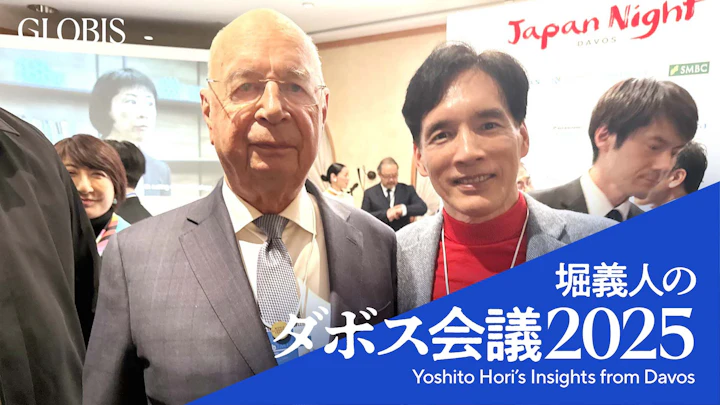
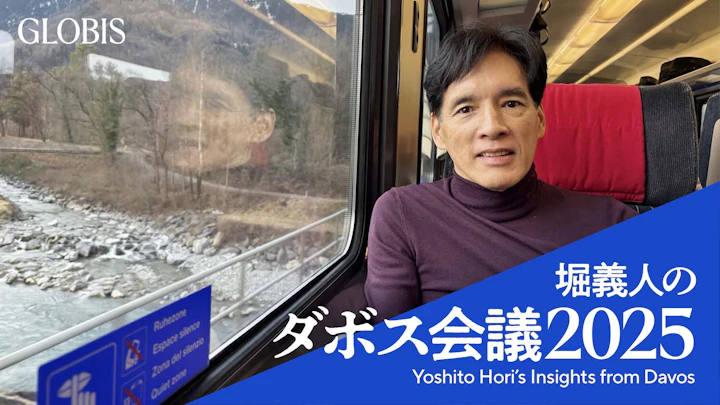
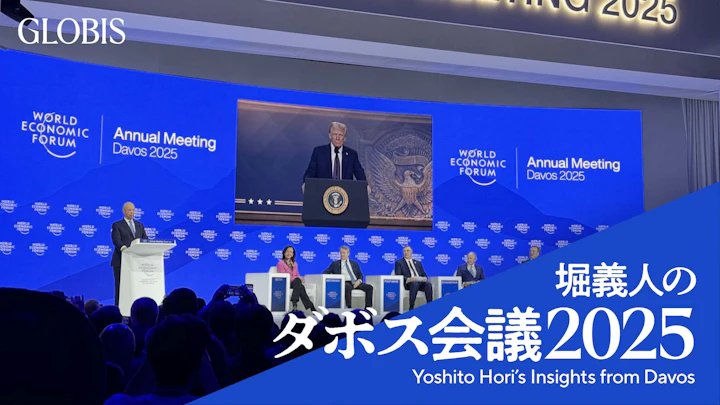
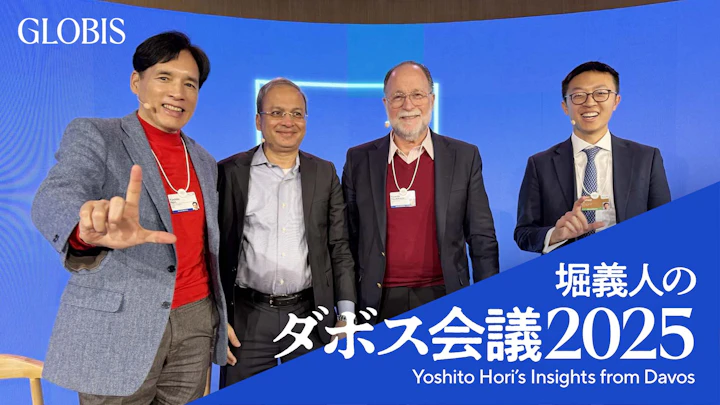
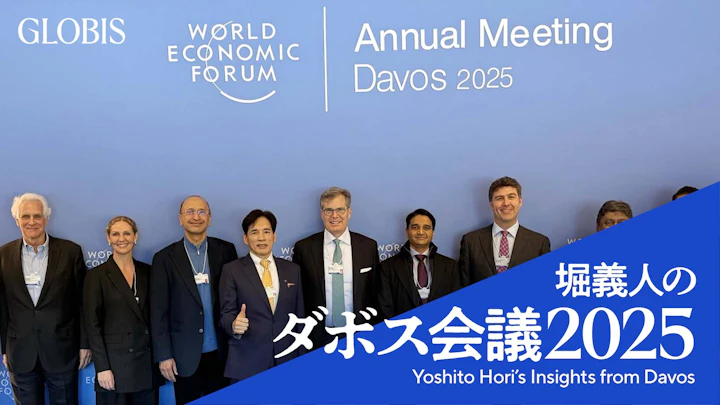

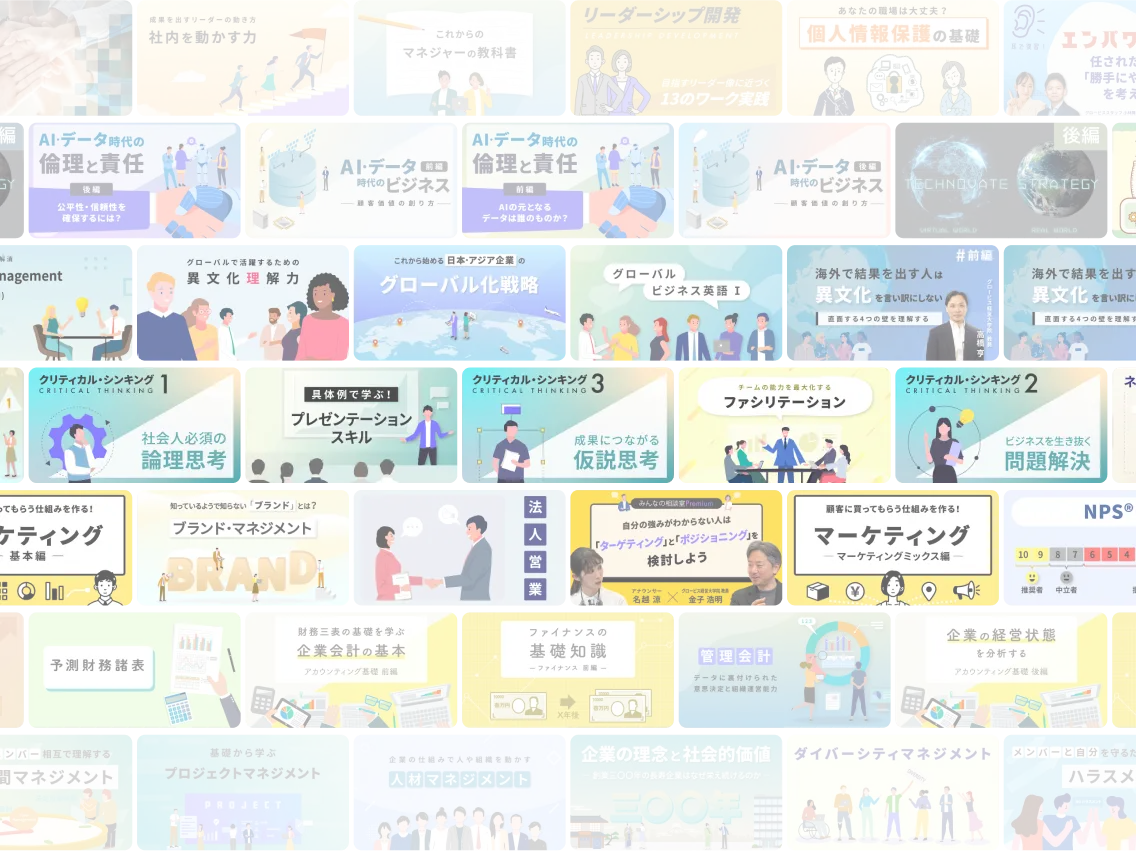
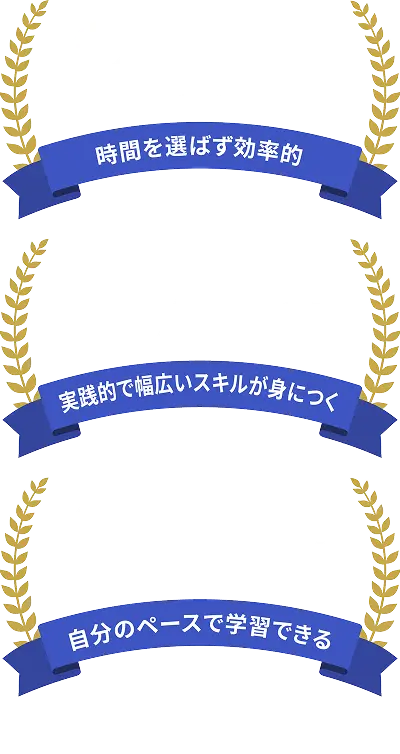

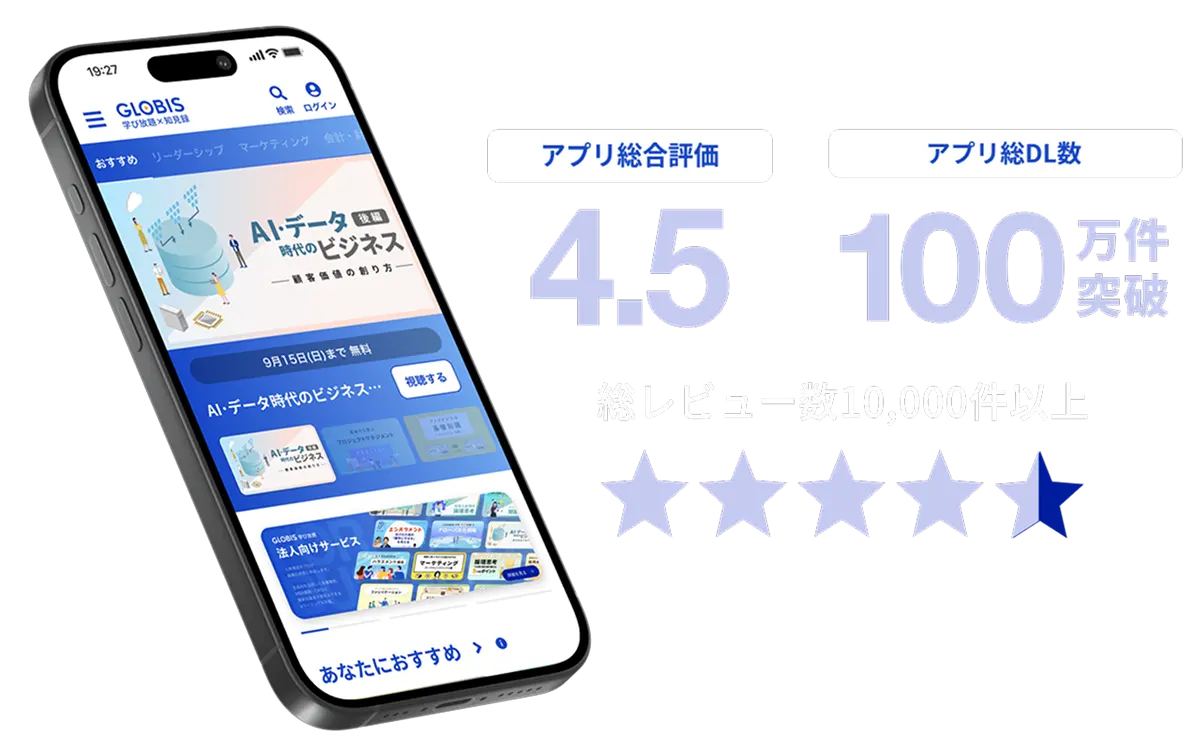





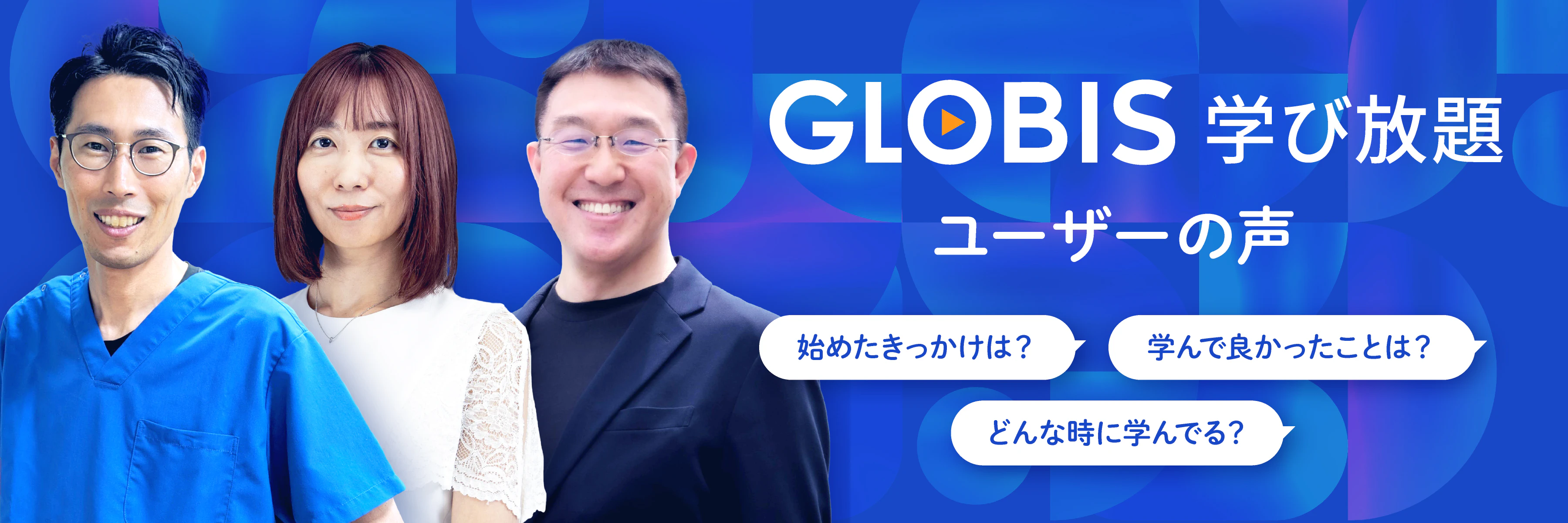
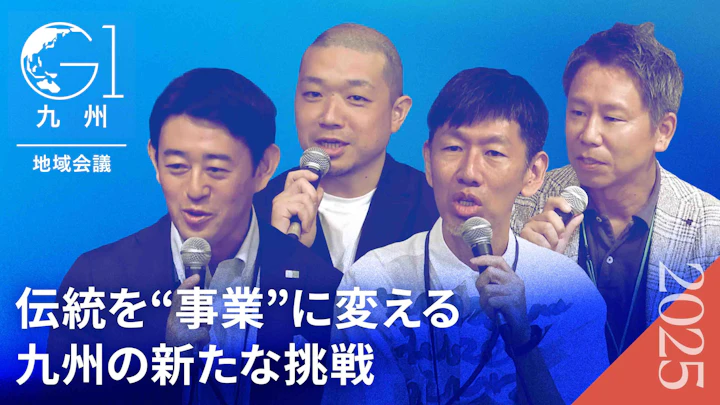

.jpg?fm=webp&fit=clip&w=720)
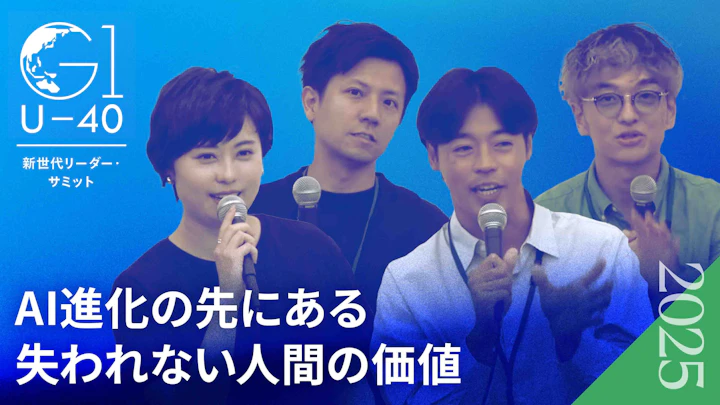
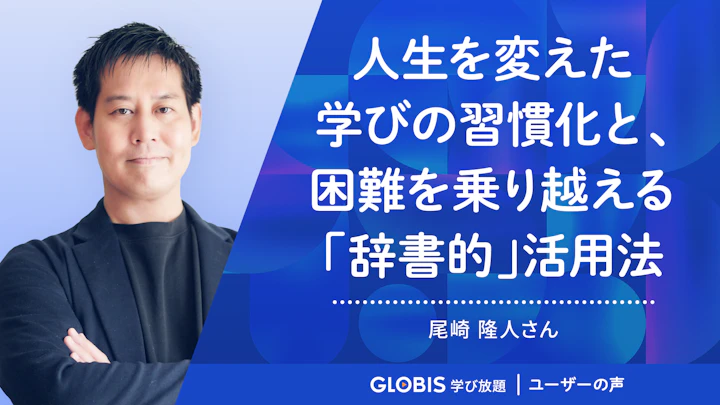
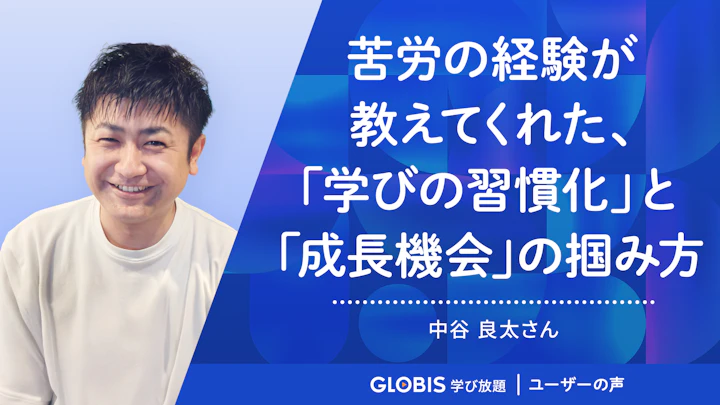
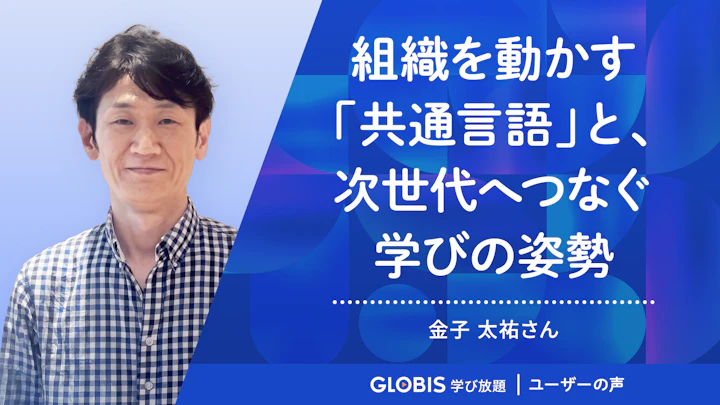

.jpg?fm=webp&fit=clip&w=720)
